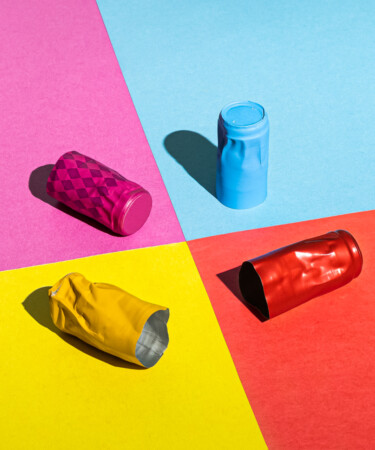Opening a bottle of wine, be it freshly bought from the store or one plucked from your home “cellar,” often requires the use of a corkscrew to dislodge the cork, and a knife of some sort to remove the foil surrounding it.
For some, the foil is nothing more than an inconvenience standing in the way of an enticing glass of wine, while others may see it as part and parcel of longstanding wine traditions. But there is a legitimate reason why wine bottles contain foil closures.
“The purpose is really quite simple,” says Amy Racine, beverage director of JF Restaurants. “The foil around the cork was initially designed to keep out dust and other foreign objects that could penetrate the cork and potentially ruin the wine inside.”
Commonly referred to as the capsule, the foil acts as a protective seal for the cork against humidity, moisture, and extreme changes in temperature. These issues can cause the cork to mold or dry out and ultimately affect the wine inside the bottle. However, an interesting anecdote shows that at one point, the capsule proved more harmful than safeguarding.
“Originally, foil closures were coated with lead, and despite the metal’s toxicity coming to light in the ’70s the closures continued to be used well into the mid-’90s,” Racine says. In fact, it wasn’t until February of 1996, when the Food and Drug Administration declared it unsafe and illegal, that the material of the closures changed.
Today’s wine capsules are made of tin, aluminum, or shrink-wrapped plastic. However, many brands are increasingly opting for foil-free bottles due to environmental concerns.
For those brands that continue to utilize foil closures, there are aesthetic advantages to consider. “Oftentimes, the foil matches the label or may contain information about the producer that is ideal for the showmanship of service,” Racine says. It’s always nice to honor the vision of the producer while serving, she adds, but if you’re at home there’s no need to leave the foil attached.
